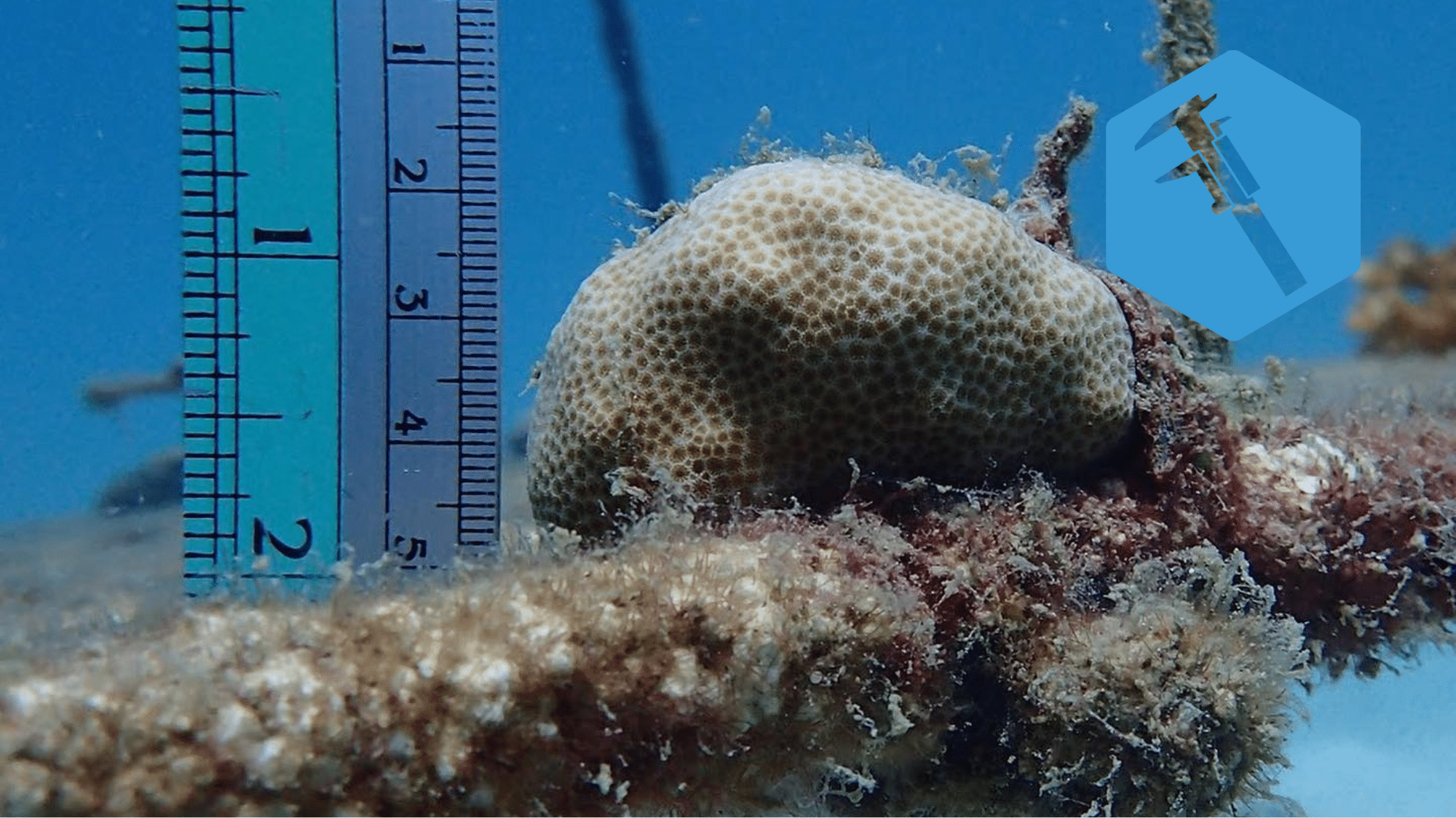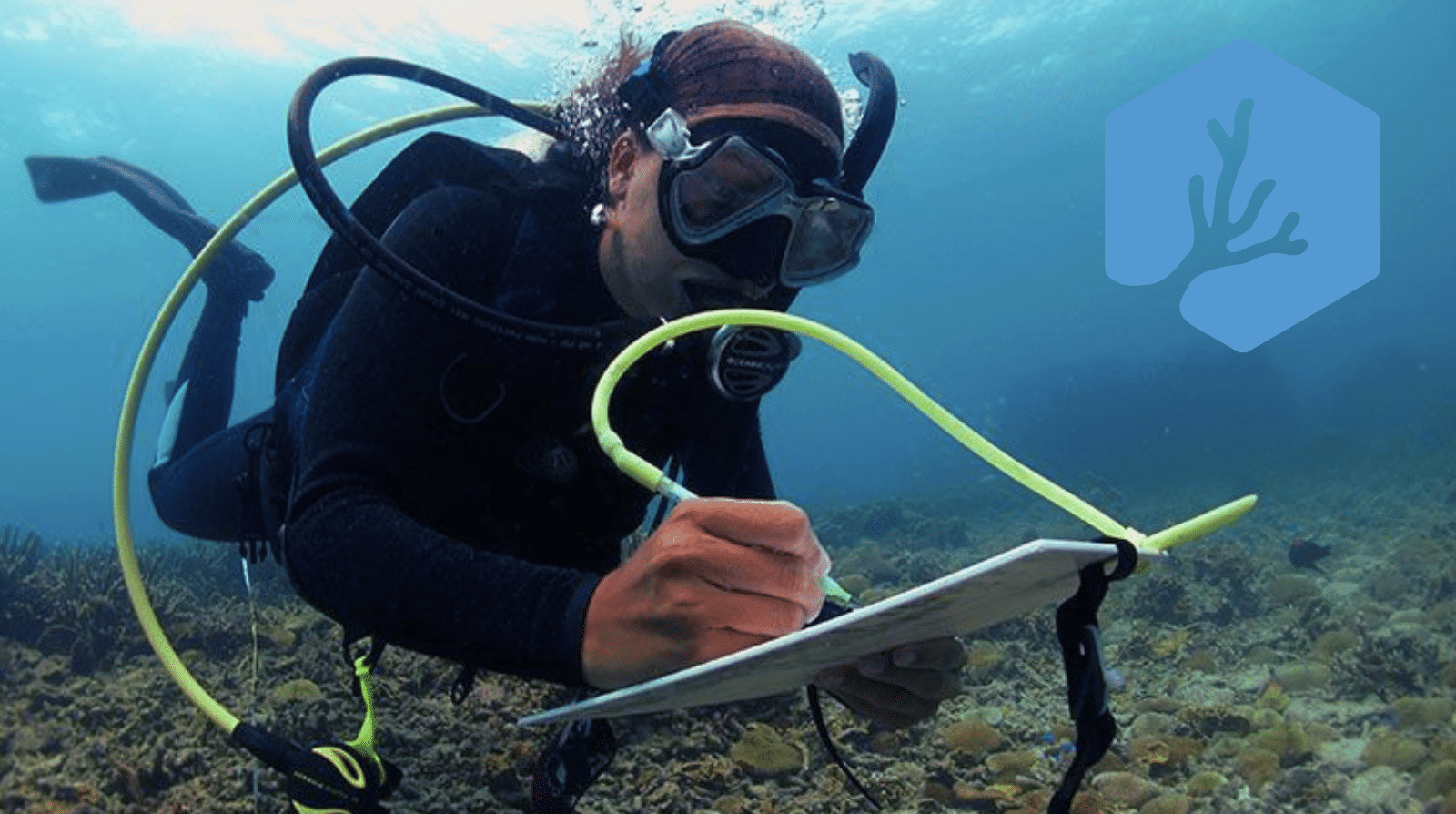Corals Have Evolved to Eat Sea Slugs
Hard corals are generally thought of as autotrophs, or organisms which produce most of their own metabolic energy and contribute to the base of the food chain in the ecosystem. Although most reef-building corals do feed on plankton, they meet 75-95% of their energy demands by harvesting symbiotic micro-algae within their tissues, and are thus getting their sugars and carbohydrates indirectly through photosynthesis. However, this view of corals is currently in debate, and it looks like a more diversified diet could be utilized by some corals to meet their daily energy demands. This has been the study of Conservation Diver Instructor and Board Member, Rahul Mehrotra.
Investigating what corals can eat
Initially, Rahul showed back in 2015 that Heteropsammia corals used their large mouth size to opportunistically consume salps during seasonal blooms. This was observed In Situ on several occasions in the ‘muck’ areas around Koh Tao, and documented in the journal Marine Biodiversity. By chance, a student of the New Heaven Reef Conservation Program, Joel Rohrer observed a mushroom coral ingesting a sea slug during a coral reef survey, and alerted it to Rahul’s attention. From that single observation, investigations began into the question, “Are reef building corals actively feeding on sea slugs for additional energy?” A question which would take 4 years to investigate.
Experiments were devised as a series of both in situ and ex-situ trials to test his hypothesis, which was that corals take advantage of their proximity with Sacoglossan sea slugs and their large gape to facilitate heterotrophy. The experiment looked at several factors, the size of the coral, the size and species of the sea slug, and the likelihood of ingestion. He used aquarium feeding trials to test whether or not it was even possible for the mushroom corals to capture, transport, and ingest the slugs, and looked at the rate of rejection based on slug size and species. Following those trials, he also performed field tests to ensure that this adaptation was actually going on in the wild populations.
The study’s conclusions
Based on 240 trials, it was concluded that prey species and prey size are the greatest factors in successful predation of sea slugs by corals, rather than the type or size of the corals themselves. Of the six species of prey slugs tested, consumption rates were highest for species of the genera Costasiella and Elysia, with significantly less success when attempting to ingest those of the Plakobranchus genus. Additionally, when these sea slugs were rejected after consumption by the corals, the slugs were covered with a mucus that is thought to be a defensive mechanism by the corals to prevent damage caused by the slug’s defensive measures.
What this means
Rahul’s work has helped to expand the way we think about coral feeding behaviors, as well as their place in the trophic structure of reefs. We now know that they feed on large plankton (salps and small jellyfish) in addition to the nearly microscopic prey they have always been known to. Furthermore, we now see that they are actively feeding on benthic organisms, not only those floating in the water column. This may be an adaptation to increase the amount of energy they receive from heterotrophy to allow them less reliance on their symbiotic algae, or as a way to gain beneficial micro- and macro-nutrients that could be essential for their growth and development. Additionally, the data adds to the incredibly sparse understanding on predators of sea slugs (which are all toxic) and overall ecology in tropical reef habitats. As these new observations are investigated further, we are sure they will yield some more surprising and exciting information which will continue to modify our views of this very important class of reef organisms.
The full paper is available free of charge from the publisher's website
A New species of Sea Slug - Found on Koh Tao
Biodiversity is one of the keys to a healthy ecosystem, and assessing biodiversity in a changing world is one of the top priories of scientists around the world, only then can we know what needs to be protected. Conservation Diver Trainer, Rahul Mehrotra at the New Heaven Reef Conservation Program (NHRCP) has been working hard for over 5 years now to record the diversity of sea slugs on the island of Koh Tao, Thailand. More recently, he has also turned this work into a PhD thesis project at Chulalongkorn University, in Bangkok.
The project has yielded some interesting results, with over 120 species of nudibranchs and sea slugs recorded for the island, bringing the total for Thaialnd to 240. A few of the species that Rahul and the rest of the NHRCP team have found are new species, or not yet described or named scientifically. Recently Rahul described one of these species, belonging to the genera Armenia. This new species, is now named Armina scotti, and is has first been described on Koh Tao, but can be found in other areas in the region.
The full paper, On the genus Armina (Gastropoda: Heterobranchia: Nudibranchia) in Thailand, has been published in the Journal of Marine Biodiveristy. Also keep an eye out this upcoming year for the publication of a Sea Slug guide to the Gulf of Thailand, including the over 120 species so far identified for the region.
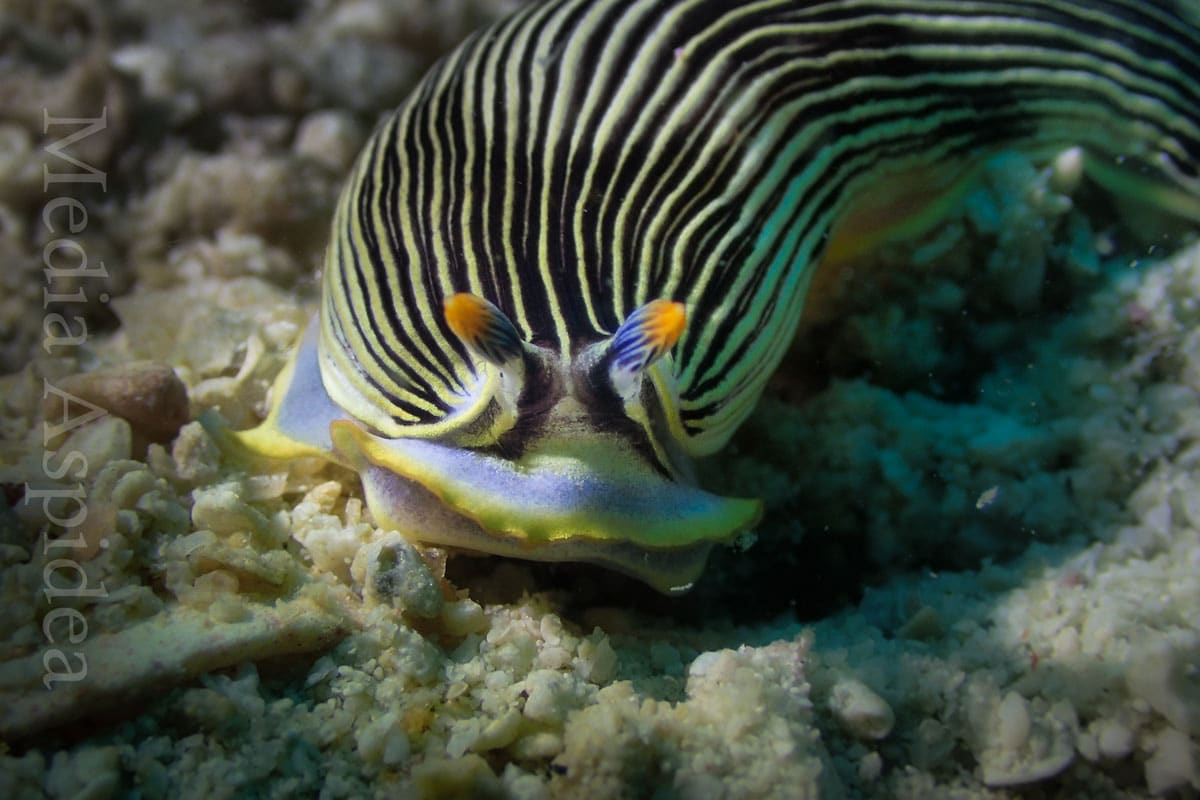
Advanced Ecological Monitoring Program
Advanced Ecological Monitoring Program

The Advanced Ecological Monitoring Program certification is a prestigious certification course for students seeking to gain knowledge and practice in a multitude of research techniques and demonstrate exceptional skill in performing reef surveys and data collection. This certification recognizes your commitment to coral reef monitoring and research and takes several weeks to achieve.

Prerequisites
- Be 12 years of age or older
- Be certified as an Advanced diver under a leading diving organization (PADI, SSI, RAID, etc) or an Open Water diver who has satisfactorily completed a buoyancy appraisal with a professional diver
- Demonstrate proper diving ability at an advanced Level and be proficient in buoyancy and self-awareness
- Complete our Ecological Monitoring Program (EMP) certification
- Complete our Coral Taxonomy & Identification certification
- Complete our Coral Diseases & Compromised Health Monitoring certification or a similarly advanced monitoring course
- Complete at least 3 of the following seven other research certifications
- Giant Clam Nurseries & Population Studies
- Seahorse Ecology & Monitoring
- Nudibranch Ecology & ID Course
- Coral Predators: Population Monitoring & Management
- Shark Ecology & Population Studies
- Sea Turtle Ecology & Monitoring
- Marine Plastic Pollution: Monitoring & Assessment
- Macro Algae Monitoring
- Seagrass Ecology & Monitoring
Standards
- Learn and practice a variety of marine research techniques, including but not limited to; water quality testing, fragment/recruitment surveys, coral size class surveys, reef surveys using a quadrant, photo documentation, underwater photogrammetry, tracking growth rates, monitoring coral health, and more
- Successfully conducted various survey techniques and data collection protocols
- Enter data into our existing databases and understand how that data in analyzed and reported
Requirements
- Attend all knowledge
development presentations included in the courses listed above as well as the
Advanced Ecological Monitoring Program lecture - Read and complete the chapter
reviews for chapters 9-10 of the Ecological Monitoring Program manual - Complete and pass all the
written exams for the courses listed above (80% and above) - Perform at least one
Compromised Coral Health survey or Coral Bleaching Survey
Certification Card
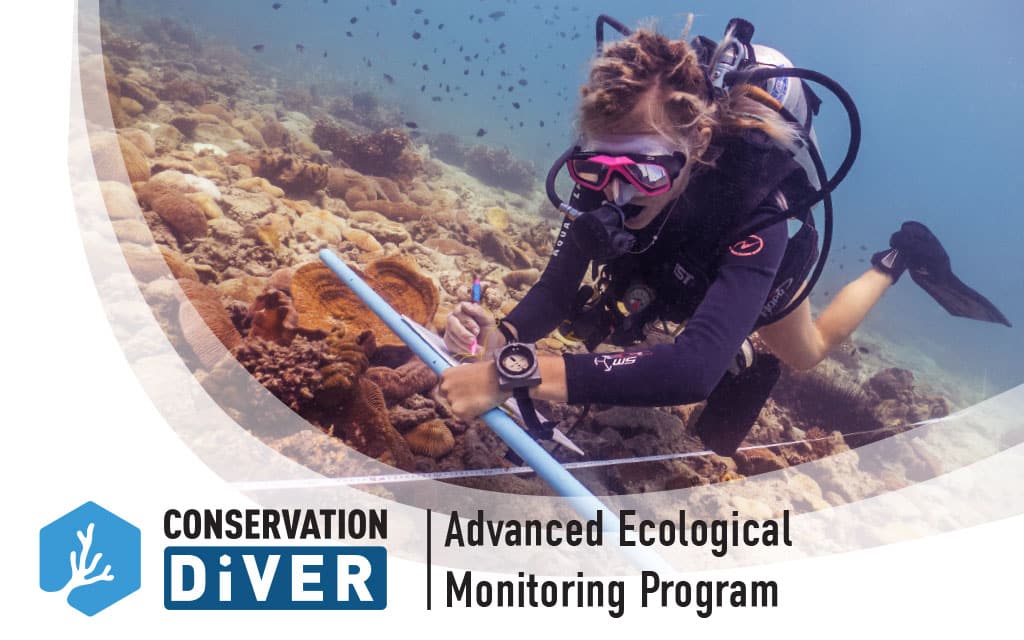
Training Centers
- Hawai'i - Ocean Alliance Project
- Indonesia - Blue Marlin Conservation
- Indonesia - Gili Eco Trust
- Thailand - Black Turtle Dive
- Thailand - NHRCP
Published papers and reports derived through the teaching of this course
- Recruitment of hard coral communities on giant clam shells (Cardiidae: Tridacna) differ from surrounding reef habitats at a tourist destination in the Gulf of Thailand
Rahul Mehrotra, Alyssa Allchurch, Coline Monchanin, Chad M Scott - Citizen science reveals the population structure and seasonal presence of whale sharks in the Gulf of Thailand
Kirsty Magson, Emily Monacella, Chad Scott, Noémie Buffat, Sirachai Arunrugstichai, Metavee Chuangcharoendee, Simon J Pierce, Jason Holmberg, Gonzalo Araujo - Population dynamics of corallivores (Drupella and Acanthaster) on coral reefs of Koh Tao, a diving destination in the Gulf of Thailand by Chad M. Scott, Rahul Mehrotra, Margaux Y. Hein, Michelangelo S. Moerland, and Bert W. Hoeksema
- Rare zooxanthellate Nanipora octocoral (Helioporacea) in the Gulf of Thailand by Pau Urgell Plaza, Rahul Mehrotra, Chad M. Scott and James Davis Reimer
- Changes in hard coral abundance and composition on Koh Tao, Thailand, 2006-2014 by Chad M. Scott, Rahul Mehrotra, Madalena Cabral and Sirachai Arunrugstichai
- An update to the list of coral reef fishes from Koh Tao, Gulf of Thailand by Patrick Scaps and Chad M. Scott
- Incident Report and Restoration Overview: Boat Grounding, Chalok Ban Kao Reef, January 2017 2015. by Chad Scott, Spencer Arnold, Elouise Haskin, Kirsty Magson, Rahul Mehrotra, Joel Rorher, Pau Urgell Plaza
Coral Predators Monitoring & Monitoring
Coral Predators Monitoring & Management

The Coral Predators Monitoring and Management Course is designed to give students an introduction to the impacts of over-populations or outbreaks of coral predators such as the Crown of Thorns starfish and Drupella Snails. The course teaches students about the causes and effects of imbalances in the reef ecosystem, and gives them the knowledge and skills to monitor and assess coral predator populations. In addition to learning about ways to address the root of the problem, students will also learn how to safely and effectively manage populations of coral predators to increase reef resilience, decrease mortality following bleaching events, and be proactive in managing coral reef areas for future sustainability .




Prerequisites
- Be 12 years of age or older
- Be certified as an Advanced diver under a leading diving organization (PADI, SSI, RAID, etc) or an Open Water diver who has satisfactorily completed a buoyancy appraisal with a professional diver
- Demonstrate proper diving ability at an advanced Level and be proficient in buoyancy and self-awareness
- Be certified in our Ecological Monitoring Program
Standards
- Understand the role coral predators play in the ecosystem
- Understand current theory on population dynamics of coral predators in stressed reef ecosystems
- Learn about the root causes of coral predator population outbreaks
- Understand the life-history and reproductive strategies of organisms such as Drupella Snails and Crown of Thorns Starfish
- Learn how to safely and effectively manage populations of coral predators
- Practice assessing coral predator abundance and managing populations
Requirements
- Attend the lecture on coral predators
- Perform a coral predator population survey
- If research suggests a local outbreak then perform a predator management and removal dive
Expected course time about 6 hours
Certification Card

Training Centers
Published Papers and reports Related to this course
- Population dynamics of corallivores (Drupella and Acanthaster) on coral reefs of Koh Tao, a diving destination in the Gulf of Thailand by Chad M. Scott, Rahul Mehrotra, Margaux Y. Hein, Michelangelo S. Moerland, and Bert W. Hoeksema
- In-situ egg deposition by corallivorous snails on mushroom corals at Koh Tao (Gulf of Thailand) by Chad M. Scott, Rahul Mehrotra and Bert W. Hoeksema
- Prey selection of corallivorous muricids at Koh Tao (Gulf of Thailand) four years after a major coral bleaching event by Michelangelo S. Moerland, Chad M. Scott and Bert W. Hoeksema
- Spawning observation of Acanthaster planci in the Gulf of Thailand by Chad M. Scott, Rahul Mehrotra and Pau Urgell Plaza
- Dietary shift in corallivorous Drupella snails following a major bleaching event at Koh Tao, Gulf of Thailand by B.W. Hoeksema, C. Scott & J.D. True
Nudibranch & Sea Slug Ecology
Nudibranch & Sea Slug Ecology
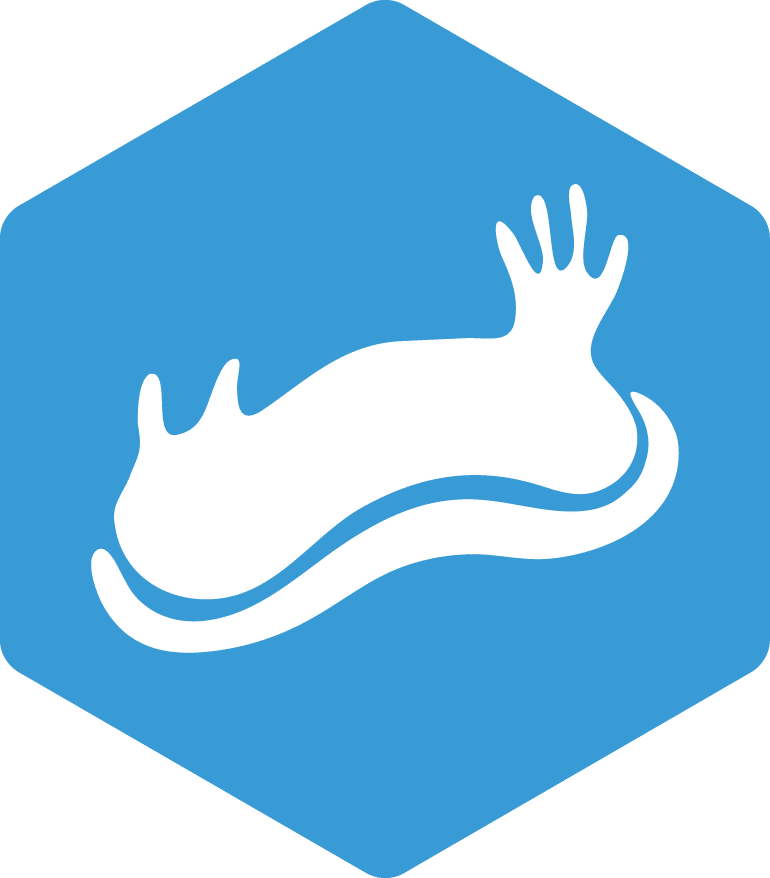
Nudibranchs, and other sea slugs, are a diverse and fascinating group of marine gastropods that have developed very colorful and ornate forms. Apart from being a favorite sighting by divers and photographers, their biodiversity is an indicator of total reef diversity, and also can be used when assessing changes in the physical or biological composition of marine areas in the face of disturbances. In our course you will learn about the ecology and taxonomy of sea slugs, and about how to conduct scientific surveys to monitor their abundance and diversity.
Prerequisites
- Be 12 years of age or older
- Be certified as an Advanced diver under a leading diving organization (PADI, SSI, RAID, etc) or an Open Water diver who has satisfactorily completed a buoyancy appraisal with a professional diver
- Demonstrate proper diving ability at an advanced level and be proficient in buoyancy and self-awareness
Standards
- Be able to differentiate between different families of sea slugs using anatomical features
- Learn various survey methods (endo-benthic, quadrat sampling, roving diver) used to survey for marine invertebrates in the muck.
- Be familiar with the hierarchical structure of taxonomy (phyla to species).
- Learn about the differences between morphological and molecular identification for marine invertebrates.
- Understand the ecological and economic role of sea slugs globally
Requirements
- Attend the nudibranch and sea slug lecture
- Complete the Sea Slug Quiz with a passing grade of at least 80%
- Attend at least 1 briefing involving procedures for diving in soft-sediment habitats (aka. muck habitat)
- Conduct at least 1 survey to observe and record sea slugs
- Complete identification of 2 different species (underwater or using photos) using online and library resources
Expected course time about 4 hours
Certification Card
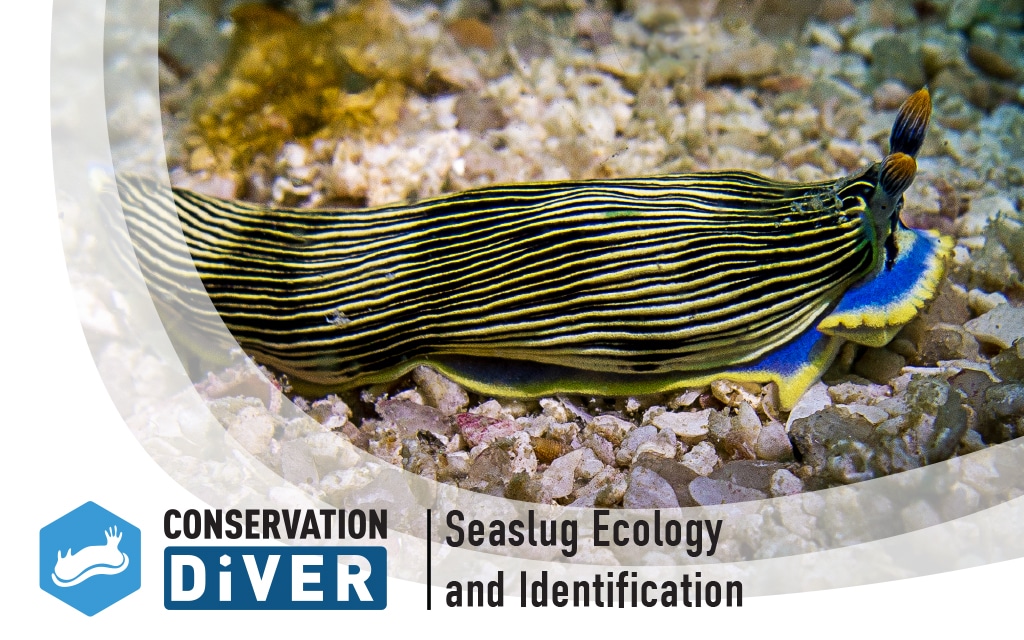
Training Centers
- Hawai'i - Ocean Alliance Project
- Indonesia – Blue Marlin Conservation
- Madagascar - MRCI
- Thailand – ATMEC
- Thailand – Black Turtle Conservation
- Thailand – NHRCP
Published papers and studies based on this course
Scientific papers
- A new species of coral-feeding nudibranch (Mollusca: Gastropoda) from the Gulf of Thailand. by Rahul Mehrotra, Spencer Arnold, Adam Wang, Suchana Chavanich, Bert W. Hoeksema & Manuel Caballer
- Selective consumption of sacoglossan sea slugs (Mollusca: Gastropoda) by scleractinian corals (Cnidaria: Anthozoa) by Rahul Mehrotra, Coline Monchanin, Chad M. Scott, Niphon Phongsuwan, Manuel Caballer Gutierrez, Suchana Chavanich, Bert W. Hoeksema
- The extraordinary genus Myja is not a tergipedid, but related to the Facelinidae s. str. with the addition of two new species from Japan (Mollusca, Nudibranchia) by Alexander Martynov, Rahul Mehrotra, Suchana Chavanich, Rie Nakano, Sho Kashio, Kennet Lundin, Bernard Picton and Tatiana Korshunova
- The formerly enigmatic Unidentiidae in the limelight again: a new species of the genus Unidentia from Thailand (Gastropoda: Nudibranchia) by Tatiana Korshunova, Rahul Mehrotra, Spencer Arnold, Kennet Lundin, Bernard Picton and Alexander Martynov
- On the genus Armina (Gastropoda: Heterobranchia: Nudibranchia) in Thailand by Rahul Mehrotra, Manuel Caballer Gutierrez and Suchana Chavanich
- Species inventory of sea slugs (Gastropoda: Heterobranchia) for Koh Tao, Thailand, with 25 first records for Thai waters by Rahul Mehrotra and Chad M. Scott
- Predation on a sacoglossan gastropod by a mushroom coral by Rahul Mehrotra, Chad M. Scott, Joel M. Rohrer and Bert W. Hoeksema
Articles
- A new species of coral-eating nudibranch
- Corals Have Evolved to Eat Sea Slugs
- The Koh Tao Team Makes a New Nudibranch Discovery
- A New species of Sea Slug – Found on Koh Tao
Related Resources
Ecological Monitoring Program
Ecological Monitoring Program

The Ecological Monitoring program is designed to give students an introduction to coral reef ecology and how to view the reef scientifically by assessing key biotic and abiotic reef components. The course teaches students how to use real world scientific sampling and reef survey techniques and certifies them to conduct their own surveys and report data back to the online database. Parameters assessed include fish and invertebrate abundance and biodiversity, substrate cover, coral taxonomy, coral diseases, coral bleaching, and more. This course is a prerequisite for many of the other courses offered by Conservation Diver
Prerequisites
- Be 12 years of age or older
- Be certified as an Advanced diver under a leading diving organization (PADI, SSI, RAID, etc) or an Open Water diver who has satisfactorily completed a buoyancy appraisal with a professional diver
- Demonstrate proper diving ability at an advanced Level and be proficient in buoyancy and self-awareness
Standards
- Understand more about coral reef ecology and threats to coral reefs
- Understand various survey techniques used by reef managers to monitor coral reef ecosystems
- Learn the techniques and diagnostic features for identifying coral reef invertebrates along a permanent transect line
- Learn the techniques and diagnostic features for identifying coral reef fishes and other vertebrates along a permanent transect line
- Learn how to assess substrate types and hard coral coverage/growth forms using the point-intercept technique
- Learn how to assess coral health and bleaching
- Perform EMP surveys in several different areas and input the data into the database
- Complete all 3 course exams
Requirements
- Attend all knowledge development presentations
- Complete the e-Learning or read and complete chapter reviews for chapters 1-8 in the EMP manual
- Enter records into database
- Perform all three surveys (invert., fish, and substrate) at least once
- Perform a ‘full EMP’ at least once
- Enter data onto data sheets or into the online database
Expected course time about 20 hours, minimum of 4 dives
Certification Card
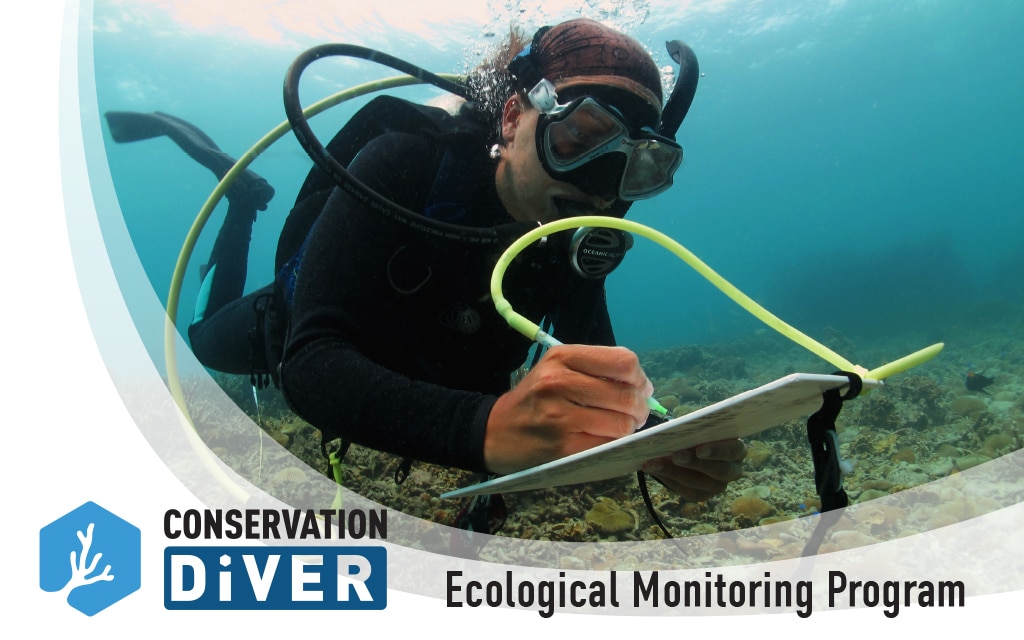
Training Centers
- Hawai'i - Ocean Alliance Project
- Indonesia - Blue Marlin Conservation
- Madagascar - MRCI
- Mallorca - Albatros Diving
- Thailand - ATMEC
- Thailand - Black Turtle Conservation
- Thailand - NHRCP
Related Resources
Note: This course has an accompanying textbook what come in a printed and electronic version available for purchase - Ecological Monitoring Program Manual
Published Papers and reports related to this course
- Population dynamics of corallivores (Drupella and Acanthaster) on coral reefs of Koh Tao, a diving destination in the Gulf of Thailand by Chad M. Scott, Rahul Mehrotra, Margaux Y. Hein, Michelangelo S. Moerland, and Bert W. Hoeksema
- Rare zooxanthellate Nanipora octocoral (Helioporacea) in the Gulf of Thailand by Pau Urgell Plaza, Rahul Mehrotra, Chad M. Scott and James Davis Reimer
- Changes in hard coral abundance and composition on Koh Tao, Thailand, 2006-2014 by Chad M. Scott, Rahul Mehrotra, Madalena Cabral and Sirachai Arunrugstichai
- An update to the list of coral reef fishes from Koh Tao, Gulf of Thailand by Patrick Scaps and Chad M. Scott


